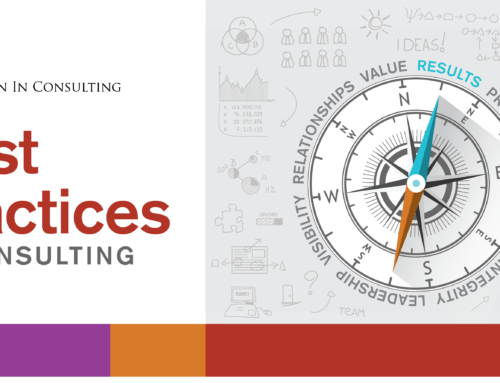What’s the best way to manage business risk?
Go toward it.
Does that sound risky, itself?
It can be. The alternative, however, can be far worse.
Real business risks, ignored…well…it’s not pretty.
Remember, first, that not all risk is the cliff diving, high-flying, life-defying kind.
Many of the circumstances that bring about these types of extreme risk are, frankly, ones you can’t control anyway.
The national and world economy, for example is something you can’t do much about.
Devastating acts of nature…same thing. You just have to be ready to adapt well, however things work out.
If these are the risks ones you worry most about, scenario analysis is a tool that could be helpful to you.
Second, the real risks in business are often things you CAN control.
And they’re often already inside your company.
They’re the risks that you either created (often unwittingly) or that you perpetuate by not taking them on, and then managing, minimizing or eliminating them.
(It sounds a bit like a virus, doesn’t it? That’s not a bad metaphor for how these things often work).
Any of the following situations are a risk to your company.
They can lead to product and service quality problems. And that can lead to the loss of customers, profits, and valued employees, too.
By the way, these are all circumstances you can improve:
– Lack of focus
– Inattention to important details…the ones your customers care most about
– Lack of clear, complete communication
– Inaction or ineffective action when a problem is discovered
– Confusing, inconsistent and ineffective ways of getting work done
– Ineffective and frustrating hiring, onboarding, training, managing and mentoring practices
The signs of potential risks and trouble can be subtle…or glaring.
And because you’re in the middle of the situation, you may not really see or grasp problems until they’ve been festering for a long time.
Start to remove risks inside your business in these ways:
1. Brainstorm
Start by considering the parts of your business that feel in control.
What gives you confidence that these things are working well?
Next, think about what feels out of control.
Which of these worry you the most, and why?
Be specific as you create both lists: “working well” and “worrisome.”
2. Pay attention
Don’t assume that all is as it seems.
What assumptions are you making that you need to check? (Often, where assumptions are concerned, you’re either very right, or very wrong).
What data and information do you wish you had to monitor and manage the things you’re most concerned about?
If those risks prove to be real (see the next step), that’s information you’ll want to begin to gather and use.
3. Go toward the risk, and test to see if it’s real
Seek to understand what’s really going on before you jump into action to prevent, mitigate or manage perceived risks.
Observe, research, inquire, test in whatever ways you can to start to see if the risks are real, or just worries that are unwarranted.
And, by the way, people may tell you, “Our work is different. It can’t be measured and managed easily.”
I’m here to tell you, though, as a former operational analyst and process auditor at Apple, there are ALWAYS things you can do to see how things are really working, compared to how you wish they were.
The information you gain in this way is always clarifying. And usually, it’s also good for profits, while it makes things work better for everyone involved.
In addition, get to know people who can advise or teach you. They may quickly see potential problems that you’re overlooking, and shouldn’t be, now.
5. Chunk the action
If changes are necessary, once you understand the risks that are present, break the change into a series of achievable actions.
You’re more likely to do the work if you “chunk” it into manageable sections.
Suddenly, big goals that were overwhelming become accessible and motivating.









Hey, thanks for sharing informative article on risk, I needed it because I have recently started my business and for basic insurance I contacted Coface(http://www.coface.se/), I am really impressed with your points way of explaining, will definitely consider. Keep posting